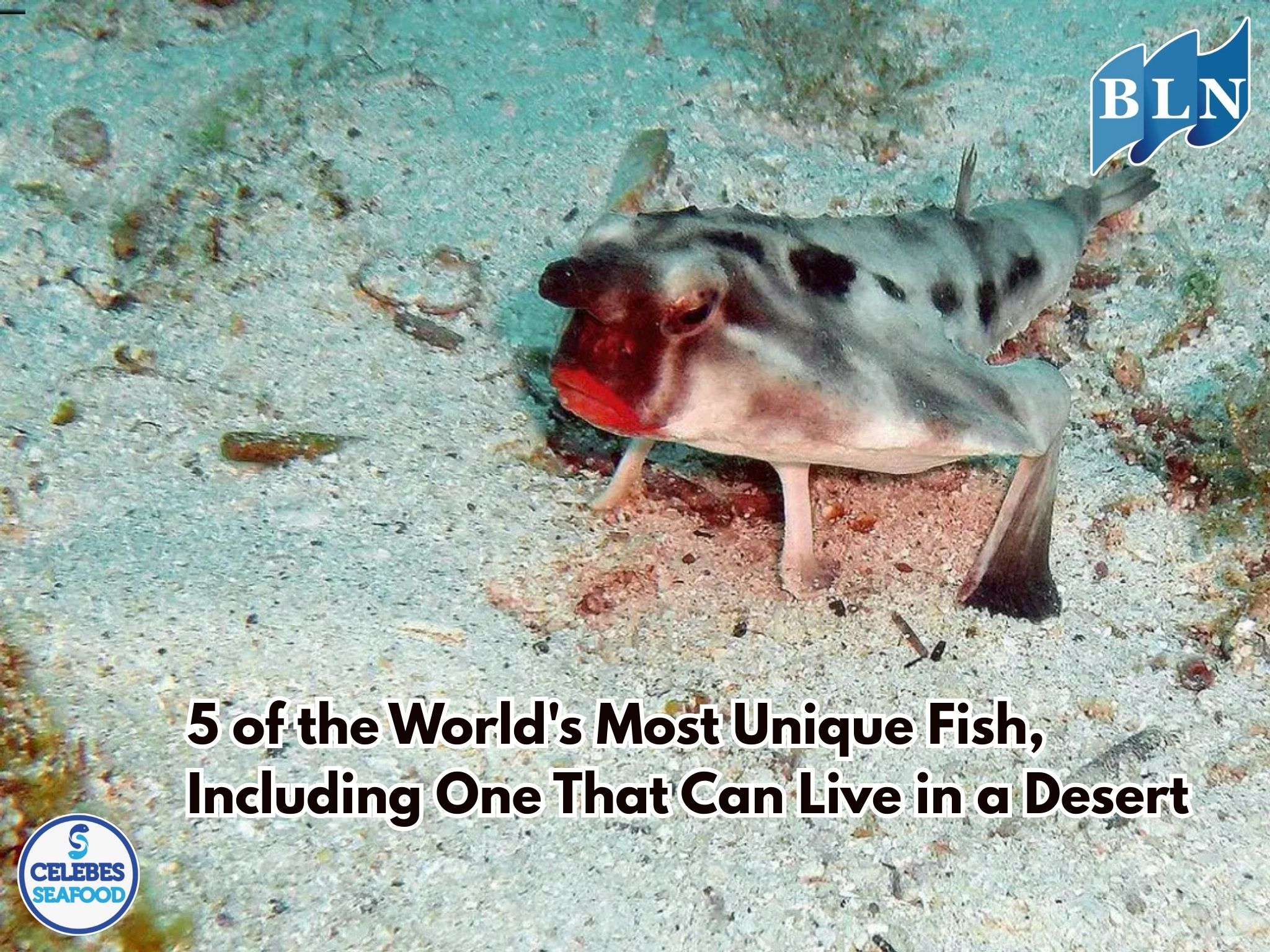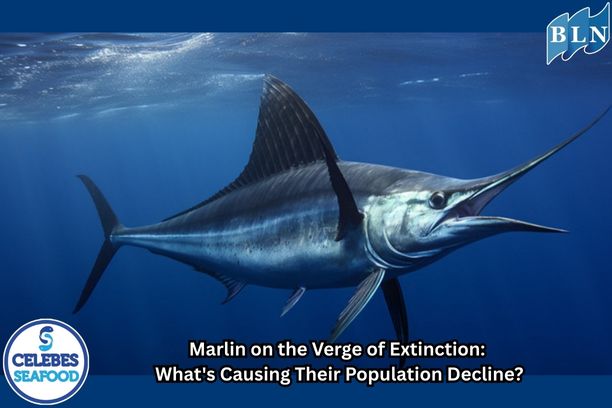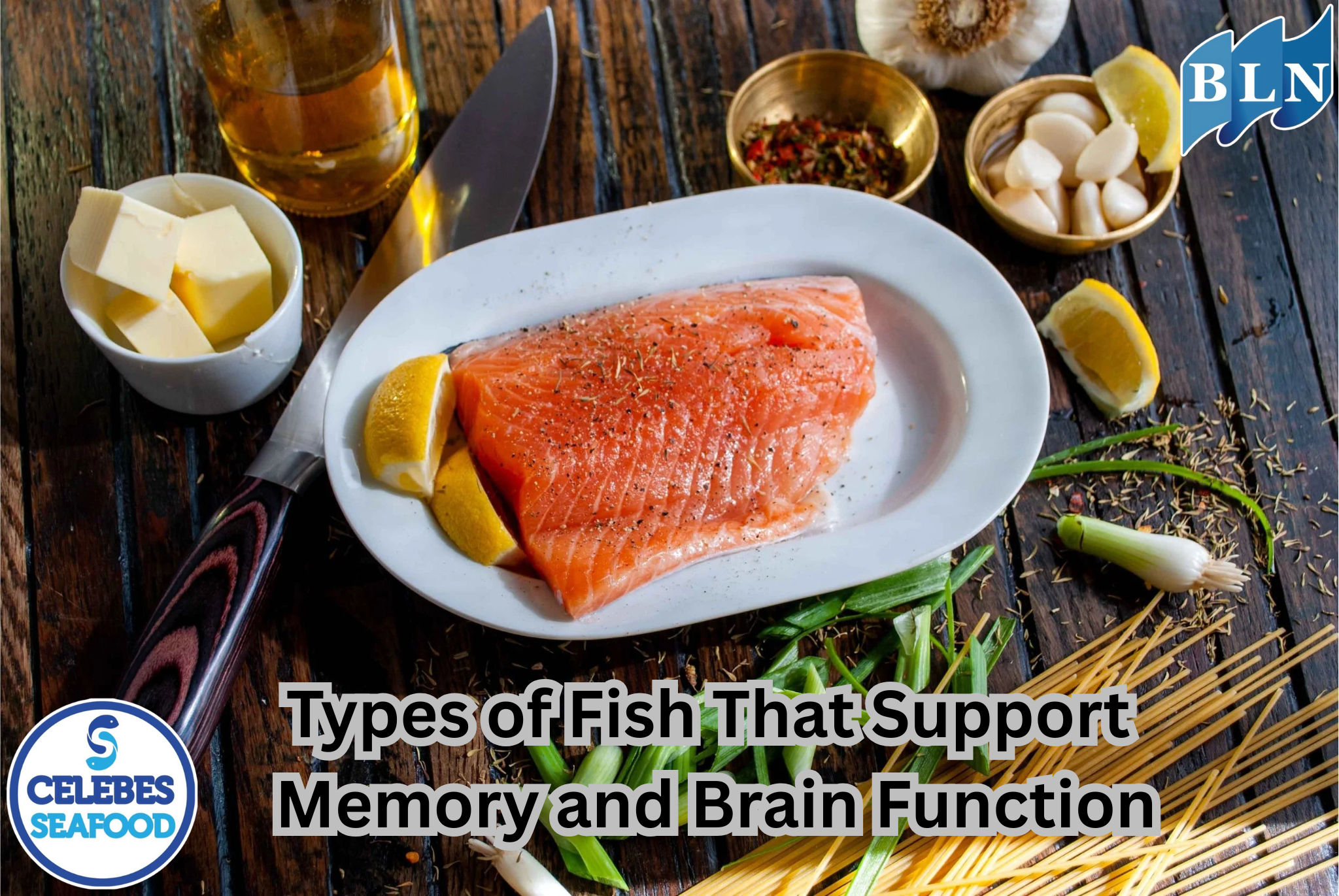Marine Habitat Conservation for the Balance of Fisheries Ecosystems
By. Azizah - 12 May 2025.jpg)
lautnusantara.comMarine habitats such as coral reefs, seagrass beds, and mangrove forests are vital components of fisheries ecosystems. These habitats provide shelter, breeding grounds, and feeding areas for various fish species and other marine organisms. However, human activities such as overfishing, pollution, and climate change threaten their sustainability. This article discusses the importance of marine habitat conservation in maintaining the balance of fisheries ecosystems and outlines strategies to protect and restore these habitats in a sustainable manner.
Introduction
The oceans harbor remarkable biodiversity and play a crucial role in supporting the livelihoods of millions of people, especially in the fisheries sector. Marine habitats like coral reefs, mangroves, and seagrass beds are home to both commercial and non-commercial fish species. However, these ecosystems are under increasing pressure from overexploitation and environmental degradation. To maintain the balance and productivity of fishery resources, marine habitat conservation is a pressing necessity.
Role of Marine Habitats in Fisheries Ecosystems
-
Spawning and Nursery Grounds
Many fish species spawn in coral reefs, mangroves, and seagrass beds. These habitats offer protection from predators and provide food for larvae and juvenile fish. -
Source of Food and Nutrients
Marine ecosystems supply essential nutrients and support food chains. Fish rely on healthy ecosystems for optimal growth and reproduction. -
Biodiversity Support
Habitat diversity sustains species diversity, which is critical for ecosystem stability and resilience against external disturbances.
Threats to Marine Habitats
-
Unsustainable Fishing Practices
Practices like overfishing and the use of destructive gear (e.g., dynamite or cyanide) physically damage habitats and reduce fish populations. -
Marine Pollution
Waste from industries, agriculture, and households pollutes marine waters, leading to eutrophication, mass die-offs, and habitat degradation. -
Climate Change
Rising sea temperatures, ocean acidification, and sea-level rise threaten coral reefs and other coastal ecosystems.
Strategies for Marine Habitat Conservation
-
Establishing Marine Protected Areas (MPAs)
MPAs such as marine parks and no-take zones limit human activities in sensitive areas, allowing ecosystems to recover. -
Ecosystem Restoration
Mangrove reforestation, coral reef transplantation, and seagrass bed restoration accelerate the recovery of damaged habitats. -
Ecosystem-Based Fisheries Management
This approach considers the interconnections among fish species, habitats, and the environment for more holistic and sustainable resource management. -
Community Education and Engagement
Involving coastal communities in conservation efforts enhances awareness and ensures the long-term success of preservation initiatives.
If you are interested in our Coral Trout Fillet Skin On, CORAL TROUT WGG WHOLE GILLED GUTTED, TOMATO COD WHOLE GILLED GUTTED please do not hesitate to contact us through email and/or whatsapp.
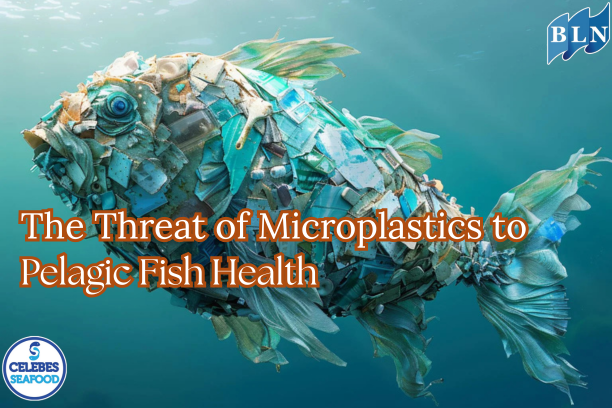
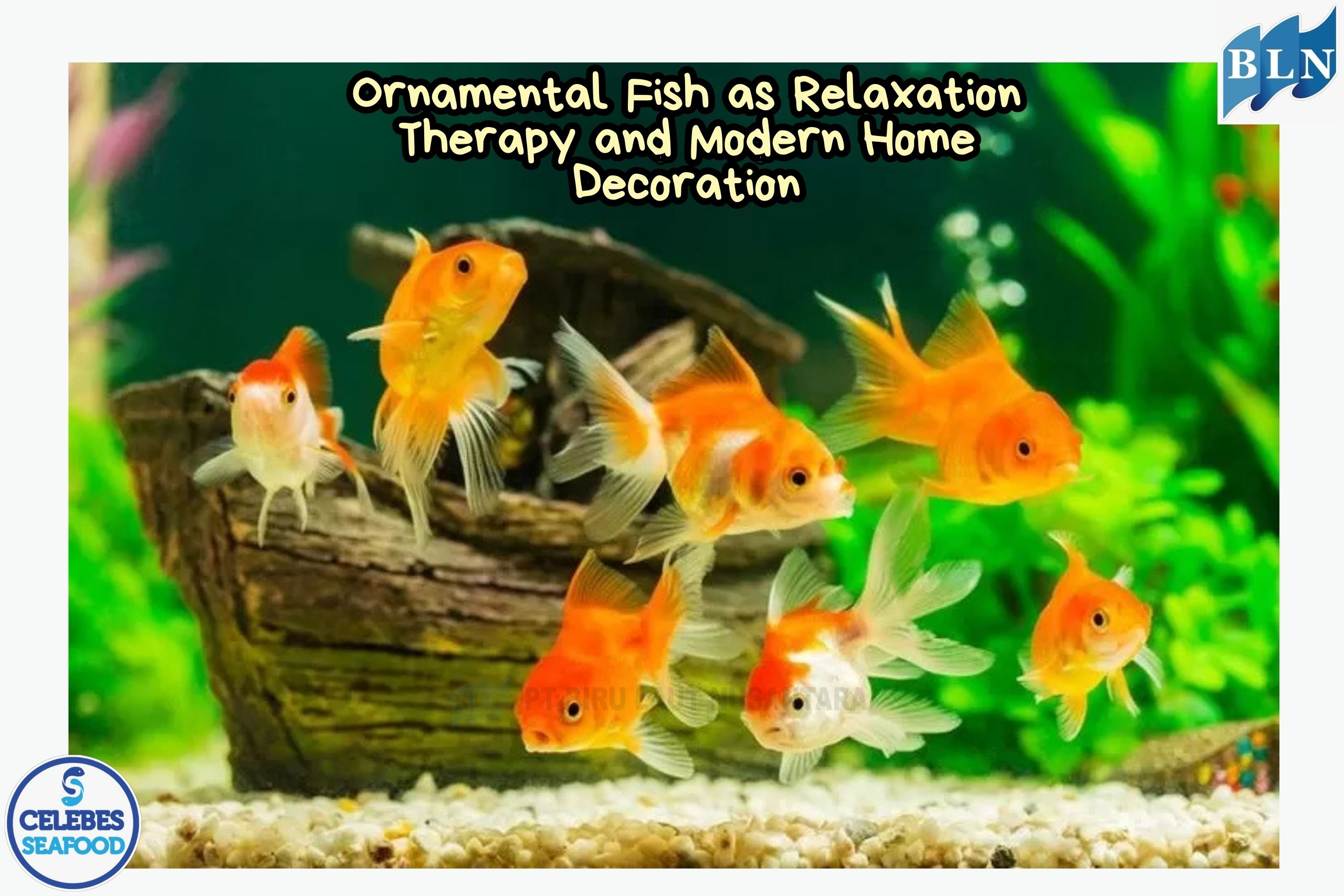
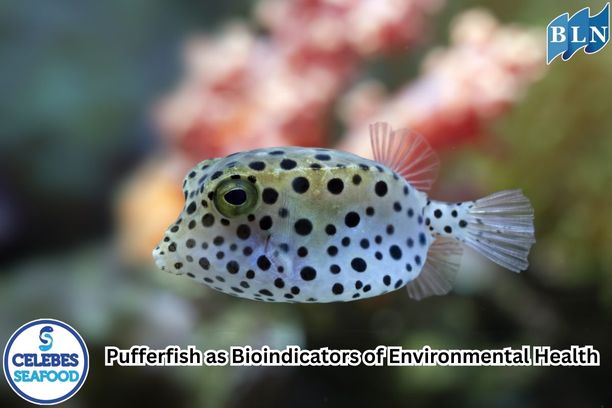
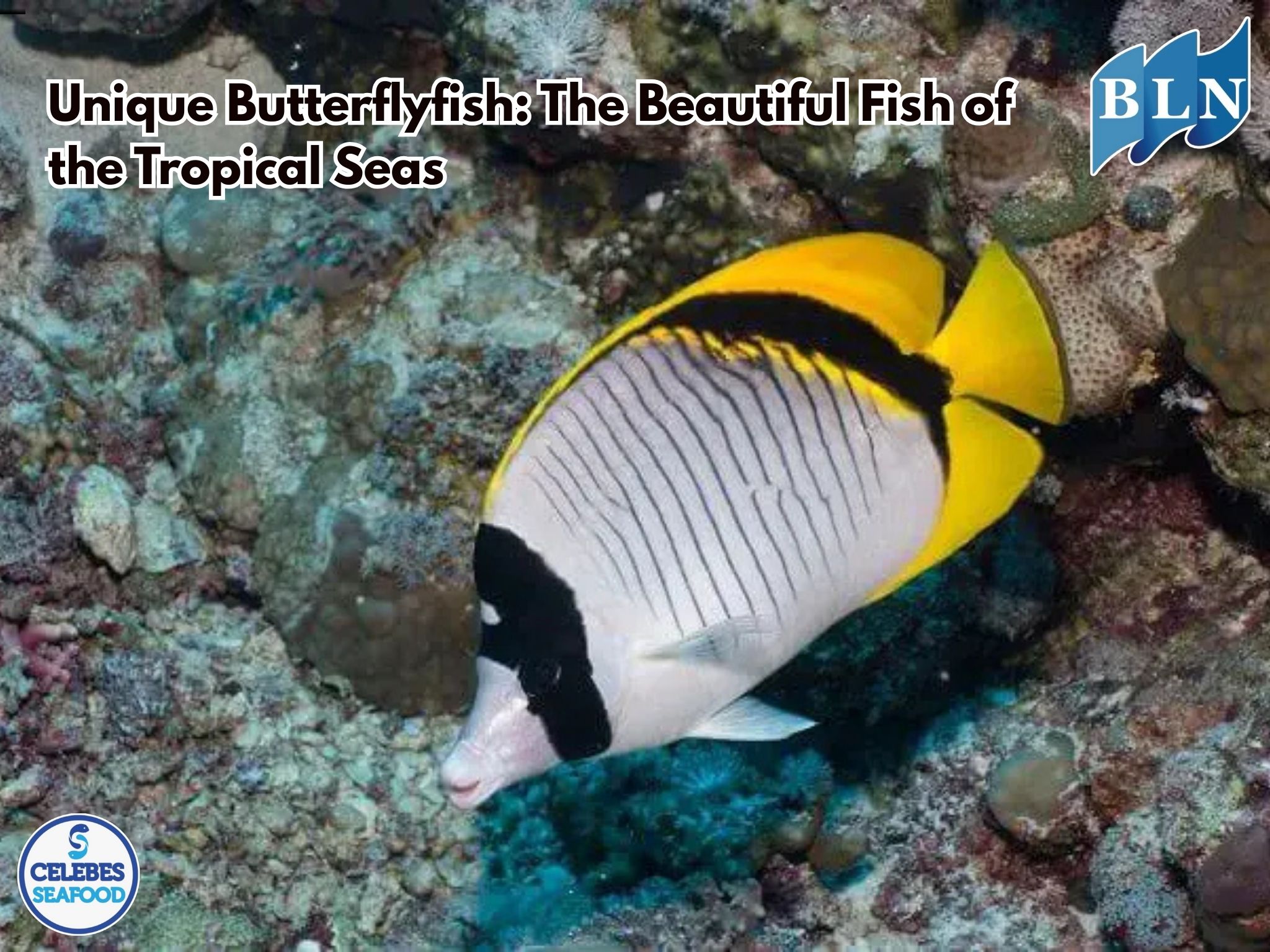
 Biology, Behavior, and Utilization.jpg)

